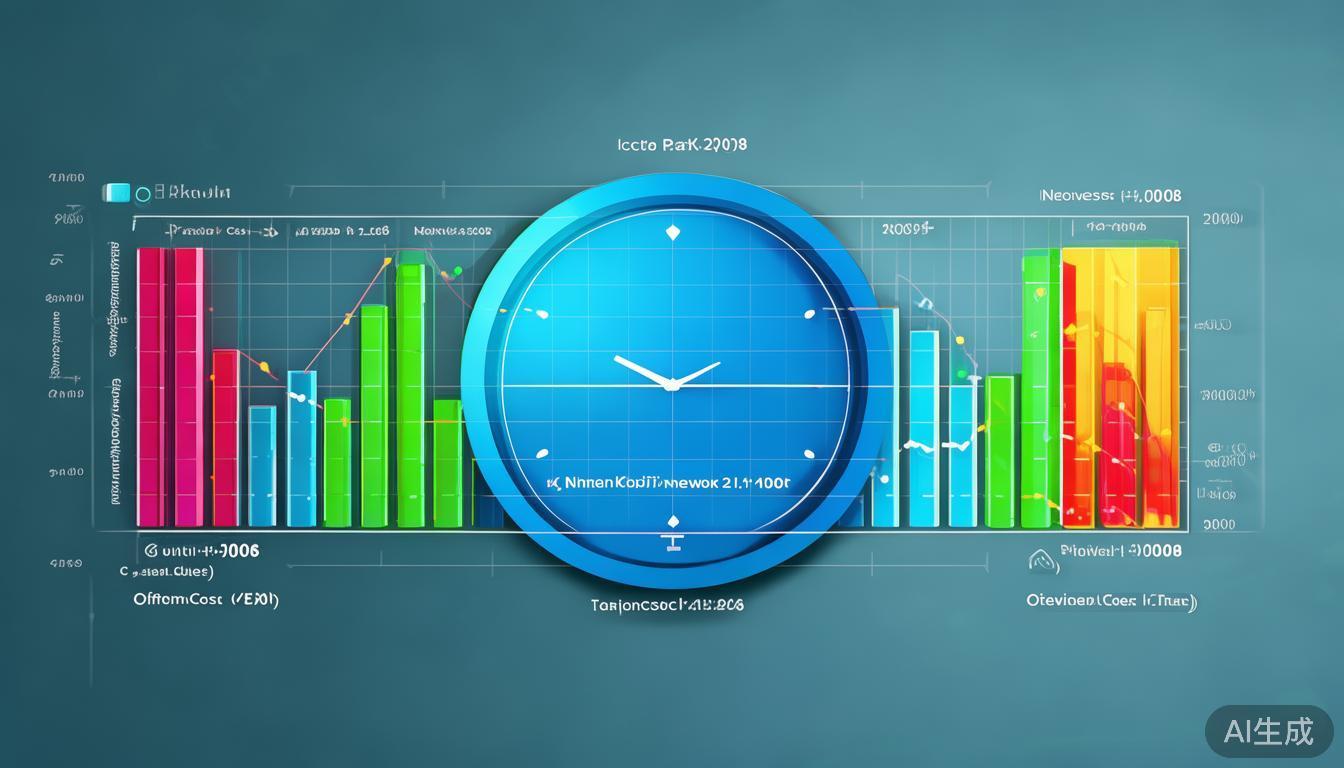Detecting fluctuations in Trust Wallet’s network fees Trust Wallets网络费用波动受多种因素影响,用户需重点关注
Trust Wallet's network fees can fluctuate due to various factorsDetecting fluctuations in Trust Wallet’s network fees, and detecting these changes is crucial for users. Understanding these fluctuations helps users plan their transactions better and avoid unexpected costs.
Firstly, market demand plays a significant role. When there's a high volume of transactions on the blockchain network Trust Wallet uses, fees tend to rise. For example, during a popular token sale, many users rush to make transactions simultaneously. This increased demand for block space leads to higher fees as users compete to have their transactions processed.
Secondly, the type of cryptocurrency also affects the network fees. Different cryptocurrencies have different fee structures. For instance, Bitcoin often has higher fees compared to some altcoins. This is because Bitcoin's network is more congested due to its high popularity and large user base.

Thirdly, time can influence the fees. Network traffic varies throughout the day. During peak hours, which are usually when most users are active, fees are generally higher. If users can identify these peak times and schedule their transactions during off - peak hours, they can potentially save on fees.
Lastly, new features or updates in Trust Wallet can impact fees. Sometimes, new functions may require more computational resources, leading to fee adjustments. Users should stay updated with the app's notifications to be aware of such changes.
Do you have any experiences with Trust Wallet's network fee fluctuations? Share your thoughts in the comments!
